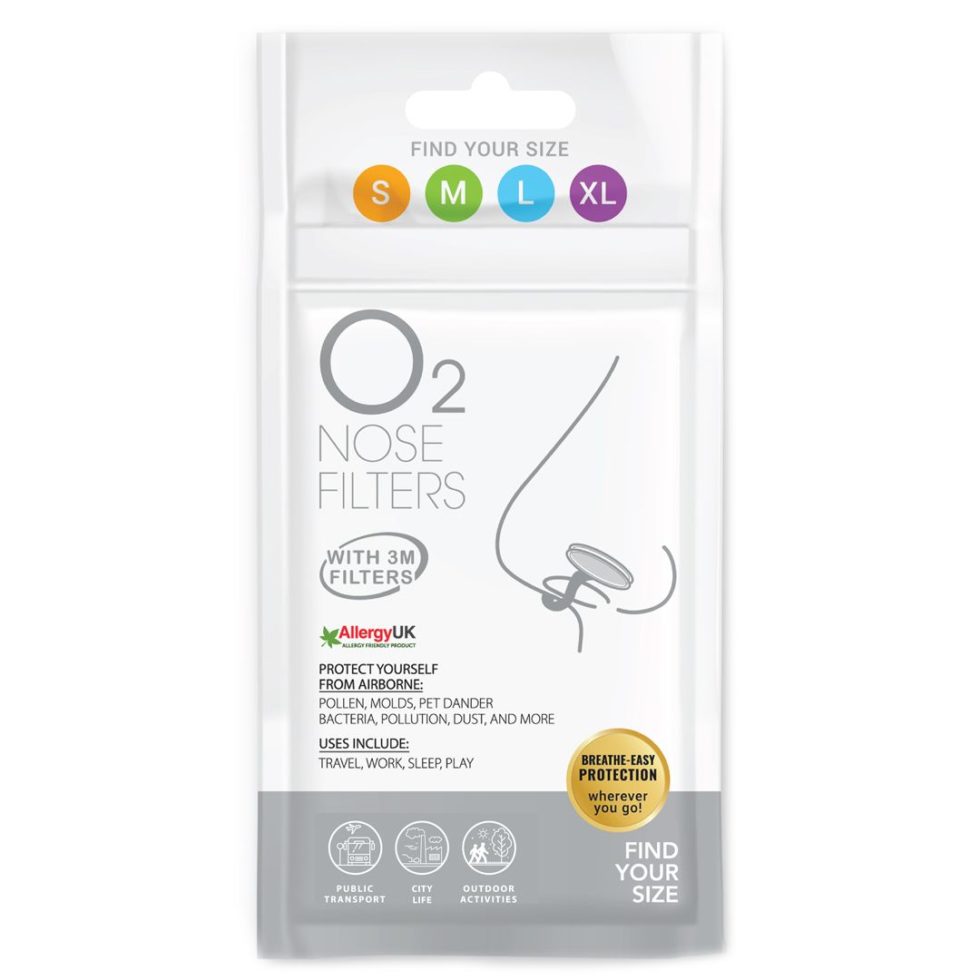Airborne particles, often referred to as particulate matter (PM), are tiny particles suspended in the air that can be harmful when inhaled. These particles vary in size, with fine particulate matter (PM2.5) being particularly concerning due to its ability to penetrate deep into the lungs and even enter the bloodstream. While air pollution is a global issue, its effects are most devastating to certain vulnerable populations, being children and the elderly. Understanding the impact of airborne particles on these groups is critical for implementing protective measures and ensuring public health.
The Vulnerability of Children
Children are especially susceptible to the harmful effects of airborne particles due to their developing bodies and respiratory systems. The size and shape of their airways make it easier for particles to penetrate deeper into their lungs. Moreover, children breathe in more air per pound of body weight compared to adults, which means they inhale a higher concentration of pollutants relative to their size. As they spend more time outdoors engaged in physical activities, they are at an increased risk of exposure.
The impact of particulate matter on children’s health can be severe, affecting their lung development and leading to respiratory problems such as asthma, bronchitis, and other chronic conditions. Studies have shown that long-term exposure to polluted air can impair lung function and stunt growth, which may result in lifelong health complications. Furthermore, exposure to high levels of airborne particles has been linked to increased rates of hospital visits for respiratory issues and even developmental delays in cognitive and physical health.
The link between air pollution and childhood asthma is particularly concerning. Asthma, a chronic condition that causes the airways to become inflamed and narrowed, is one of the most common respiratory illnesses in children. Research has shown that children living in areas with high levels of particulate matter are at greater risk of developing asthma, and those who already have the condition may experience worsened symptoms. In some extreme cases, air pollution may even contribute to premature death.
The Vulnerability of the Elderly
The elderly, like children, are at heightened risk when it comes to exposure to airborne particles. As people age, their immune systems weaken, and pre-existing health conditions, such as heart disease, diabetes, or chronic respiratory issues, may make them more susceptible to the harmful effects of air pollution. For older adults with compromised lung function or heart conditions, inhaling fine particulate matter can exacerbate their symptoms, leading to more frequent hospitalizations or even premature death.
Studies indicate that older adults living in areas with high pollution levels are at a greater risk of developing cardiovascular and respiratory diseases. Fine particulate matter can aggravate conditions like chronic obstructive pulmonary disease (COPD) and increase the likelihood of heart attacks and strokes. The harmful effects are not just limited to respiratory and cardiovascular systems; air pollution has also been linked to cognitive decline and neurodegenerative diseases, such as Alzheimer’s and dementia, in older adults.
Protecting the Vulnerable
Airborne particles pose a serious health risk to children and the elderly, two of society’s most vulnerable groups. The detrimental effects on their respiratory, cardiovascular, and neurological health are well-documented, making it essential for governments, communities, and individuals to take proactive steps to reduce exposure. Protecting these populations requires a collective effort that includes improved air quality standards, public education, and personal preventive measures. By prioritizing the health of the most vulnerable, we can reduce the long-term impact of air pollution and ensure a healthier, safer future for all.
To safeguard the health of children and the elderly, in the short term, it’s crucial to implement effective strategies that limit exposure to airborne particles. One of the most effective ways to protect vulnerable individuals is through wearing O2 Nose Filters. Fortunately, these filters help prevent harmful particulate matter from entering and potentially affecting your nasal cavities. O2 Nose Filters has been proven in controlled studies to help protect wearers from inhaling airborne particles such as bacteria, viruses, dust, exhaust fumes, smoke, and other pollutants. Independent laboratory tests demonstrate that 3M’s Advanced Electret Media in O2 Nose Filters block 90% of particulates at PM10 and 65% of particulates at PM2.5. Additionally, O2 Nose Filters are comfortable to wear due to their latex-free design and medical-grade Thermoplastic Elastomer (TPE) materials.
O2 Nose Filters provides inexpensive and effective security to protect people from harmful air pollution. While our nasal passageways try their best when it comes to filtering harmful particulate matter, they aren’t perfect. That’s why O2 Nose Filters are such an effective solution when it comes to improving our mental and physical health. Nose filters are a discreet, effective option to protect against air pollutants. The O2 Nose Filter uses 3M’s patented AEM™ electrostatic technology to capture allergens, viruses, and other particulates, making them a valuable tool for anyone who wants to drastically limit the pollutants they breathe in daily.






